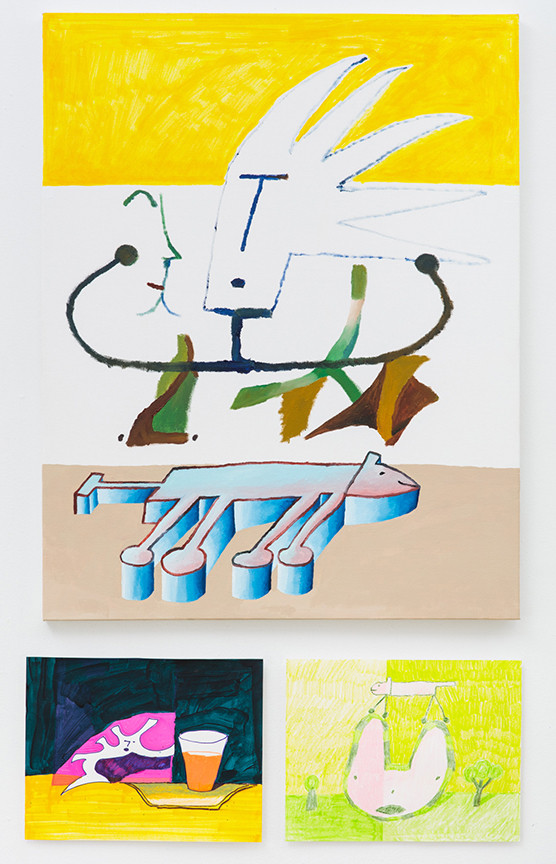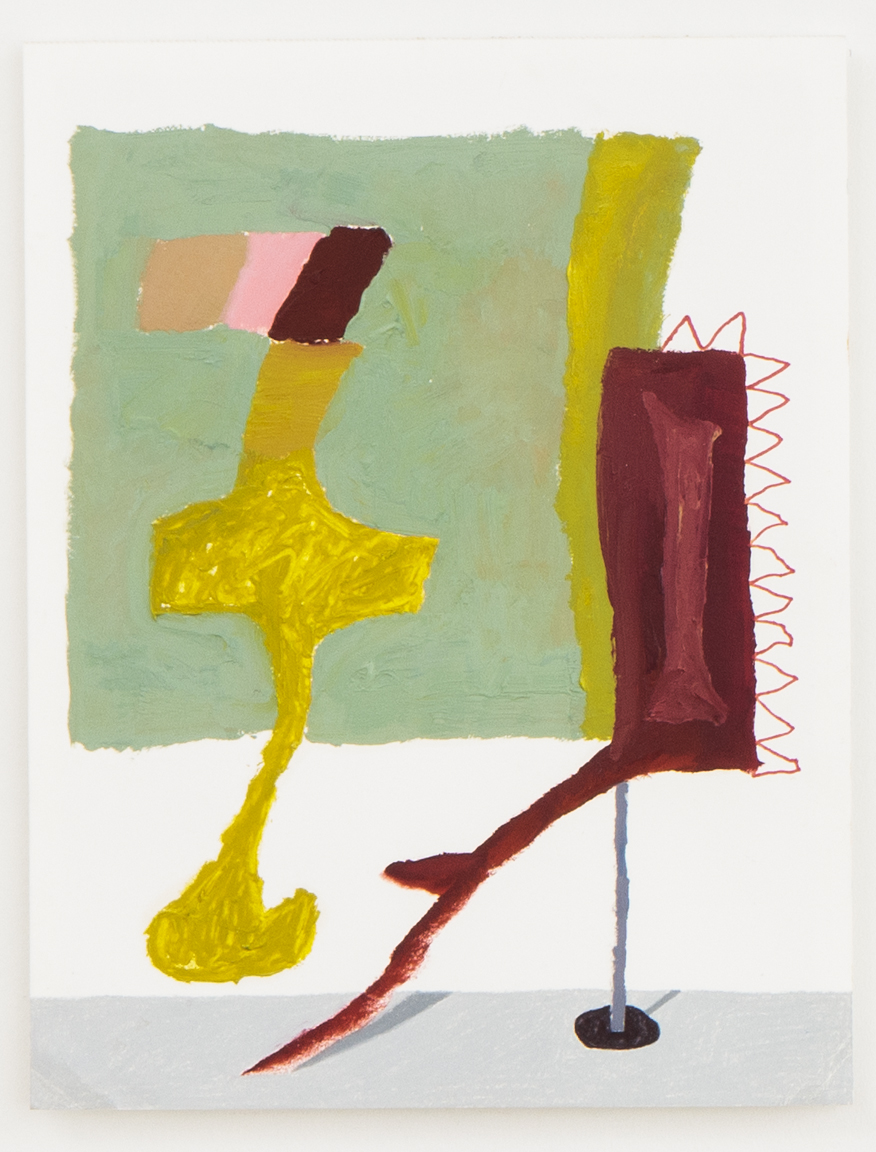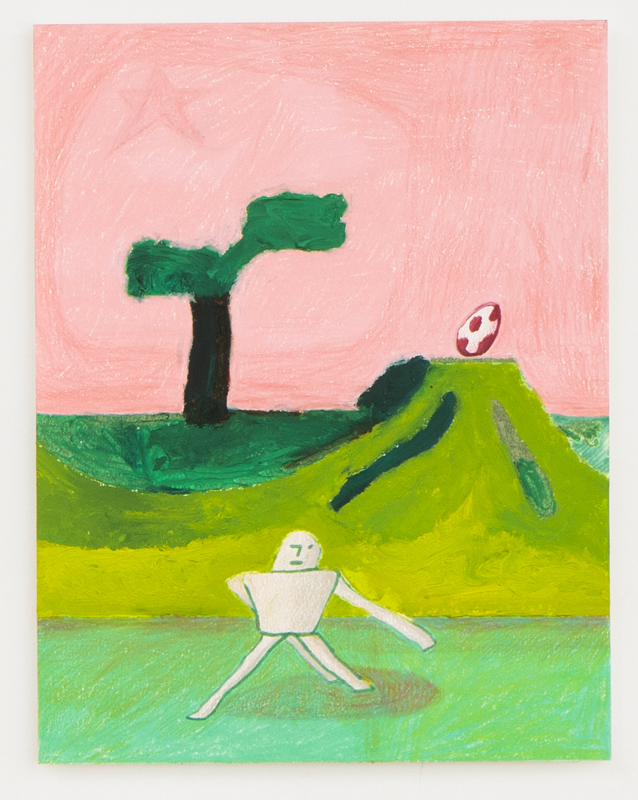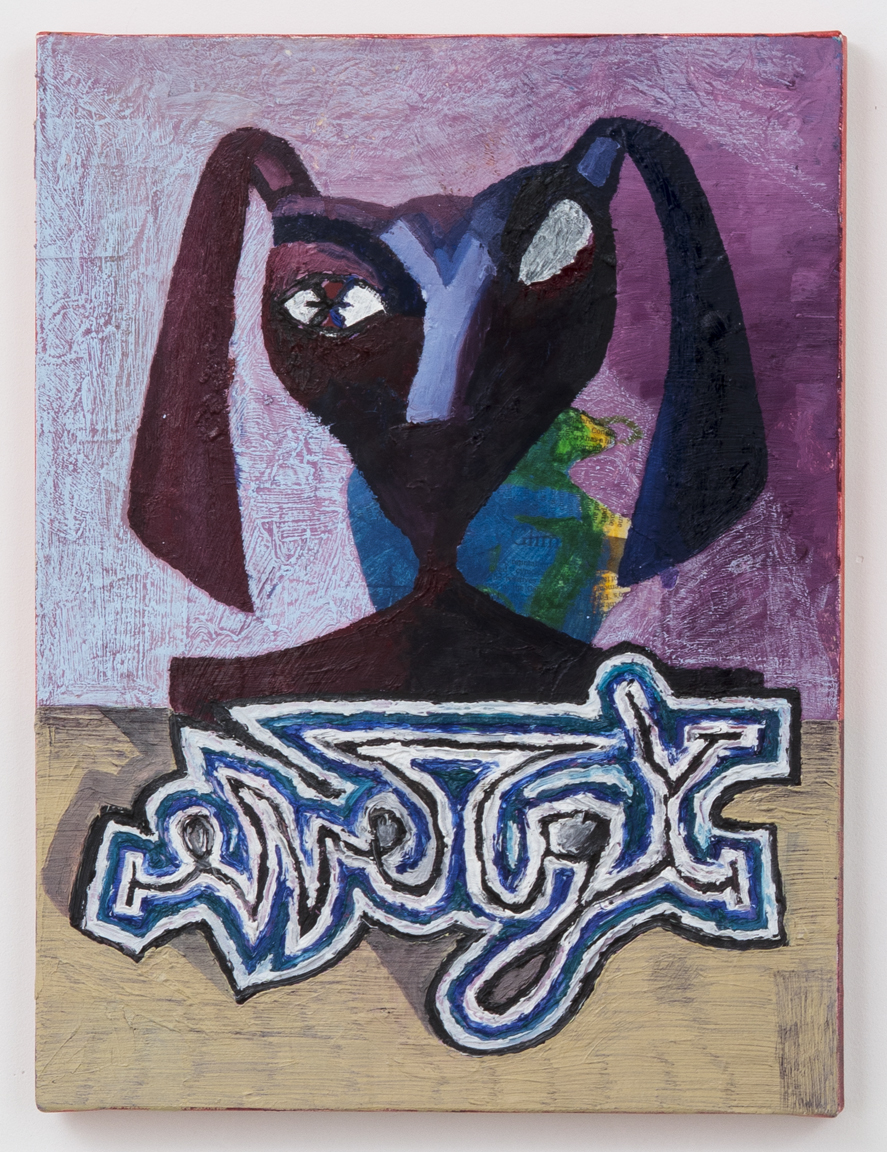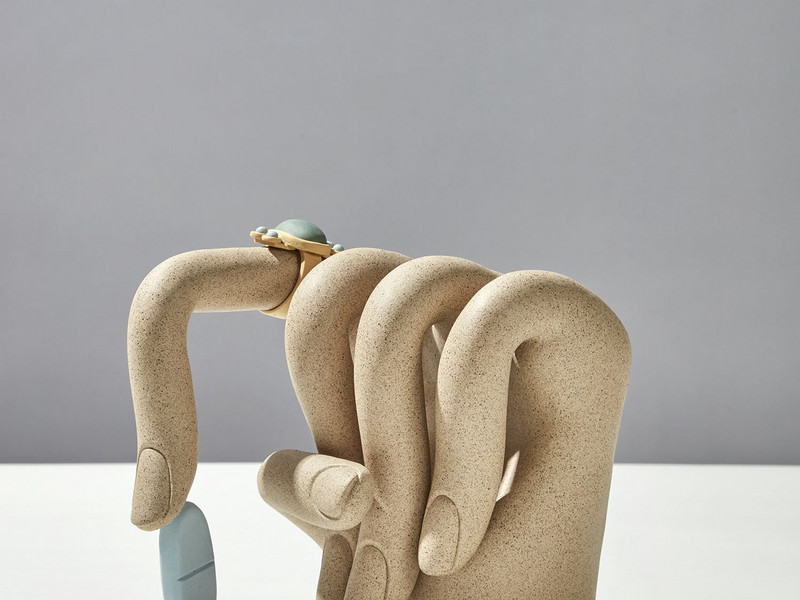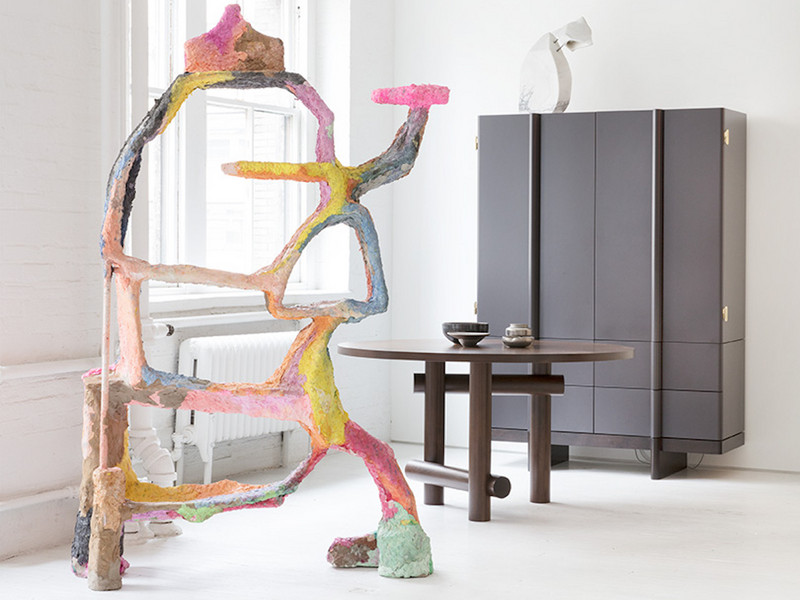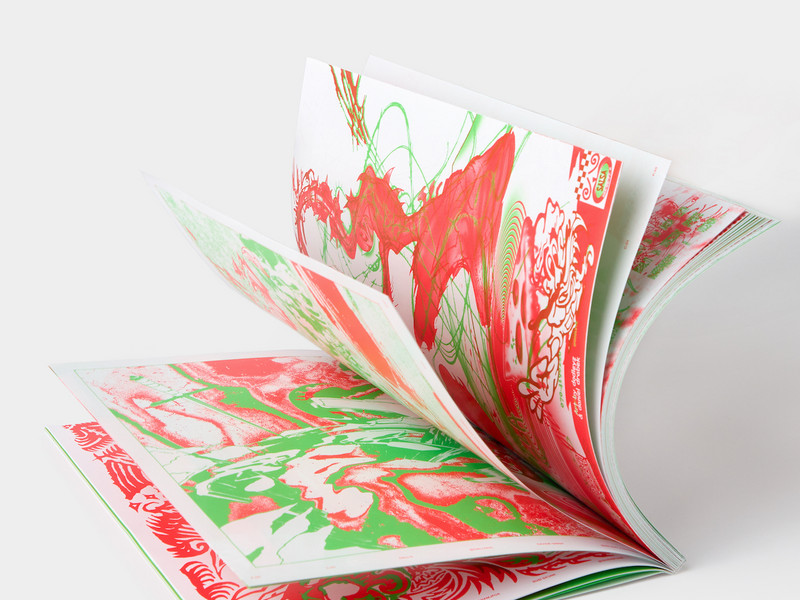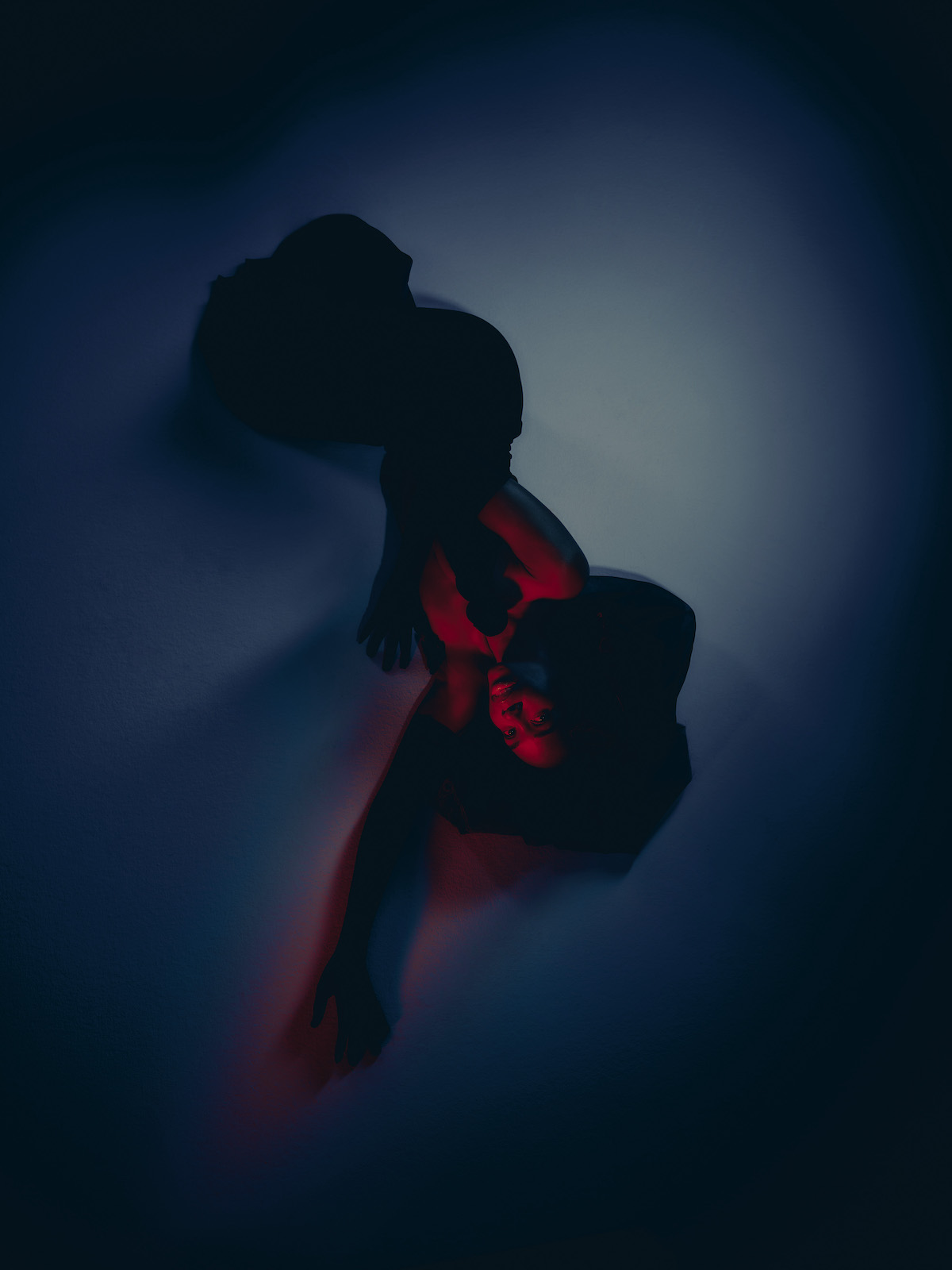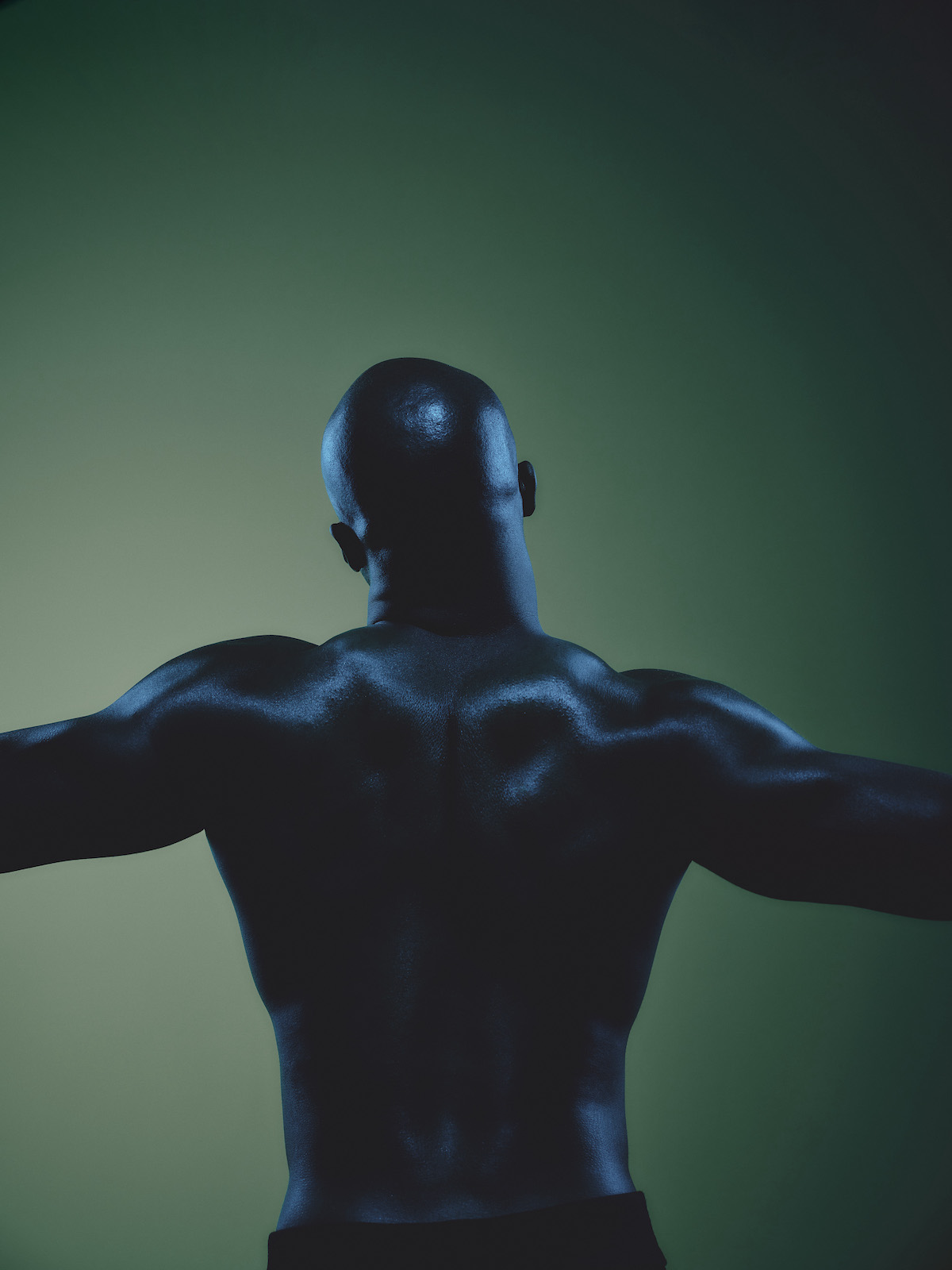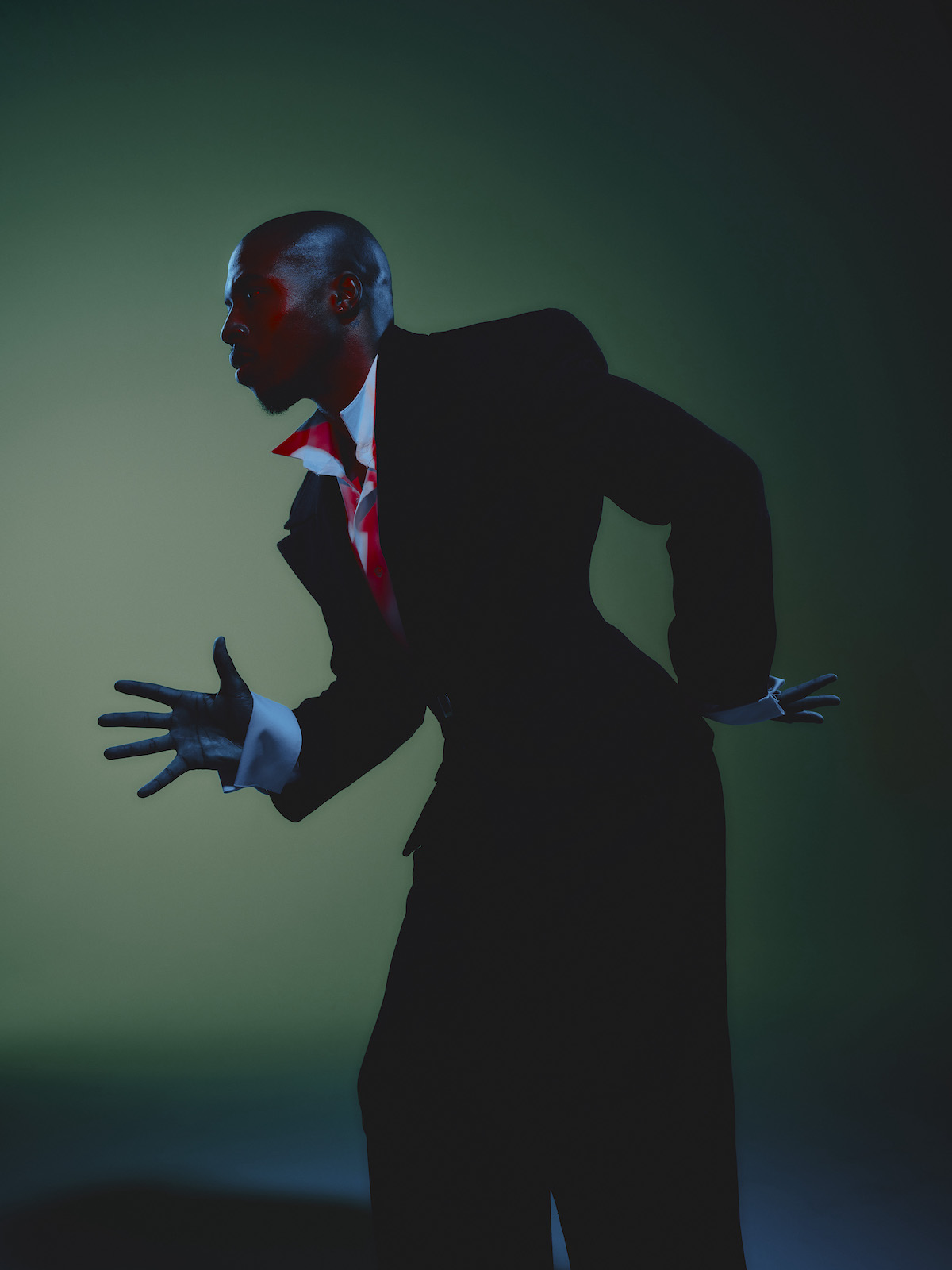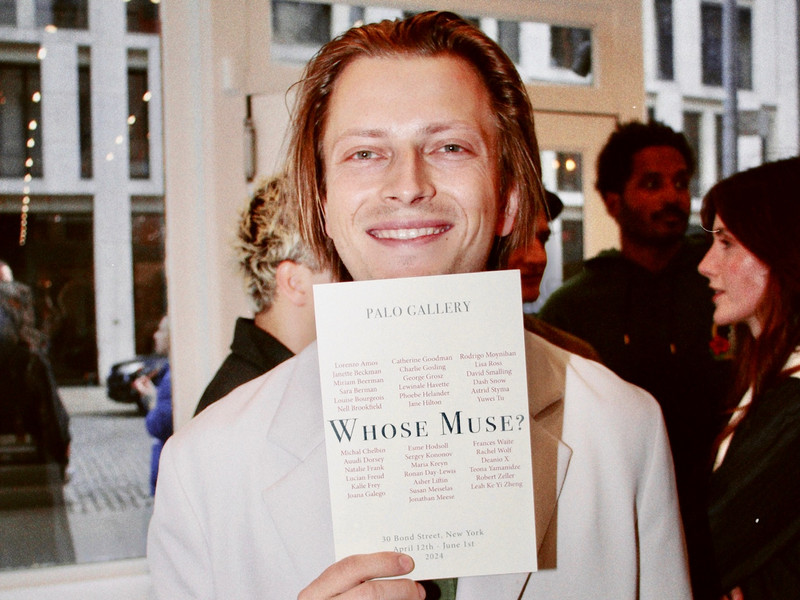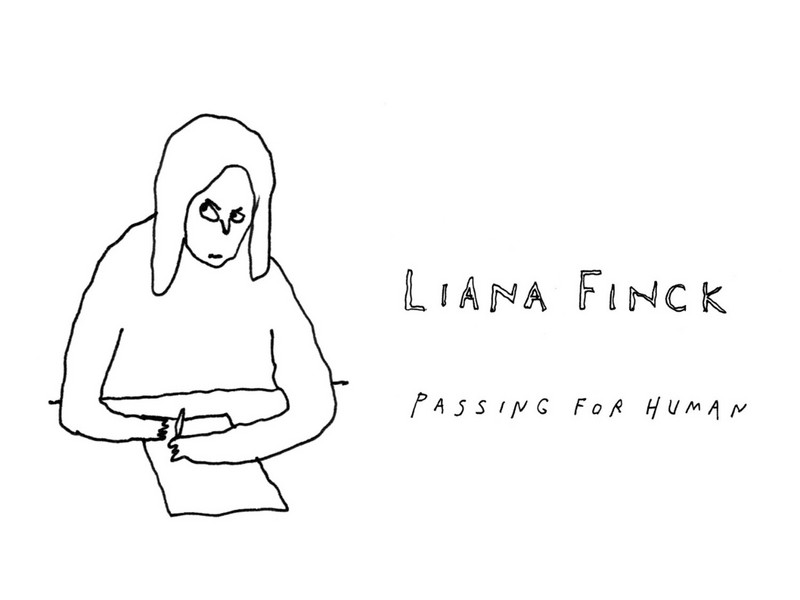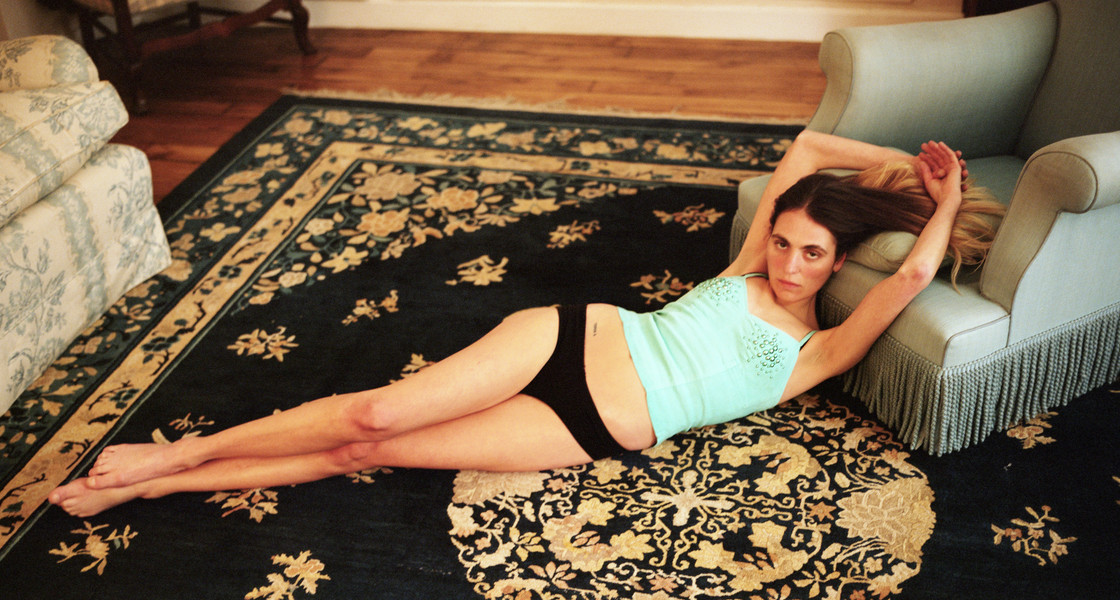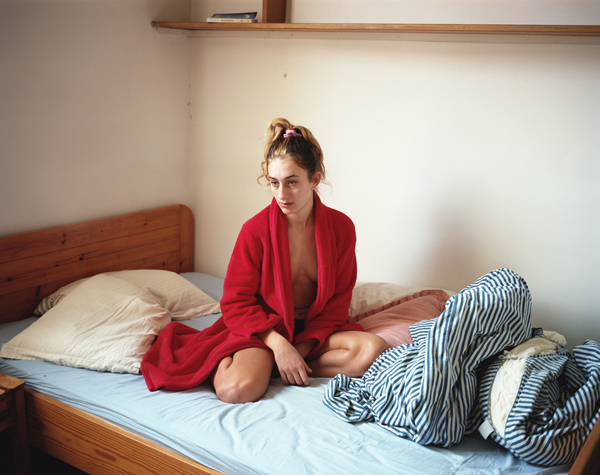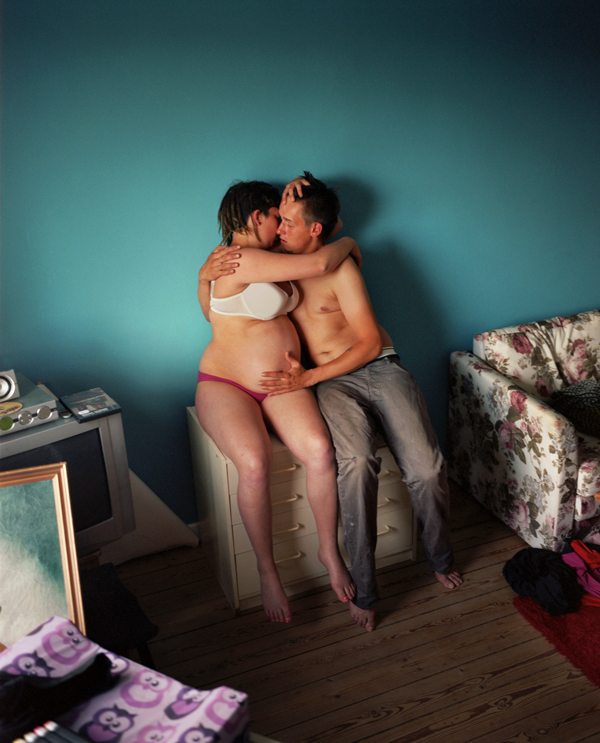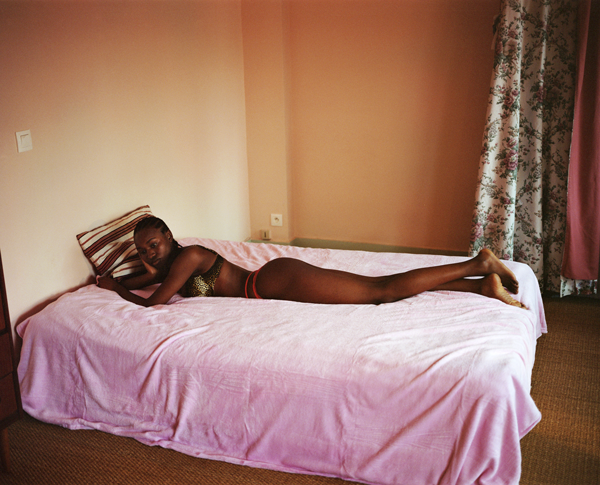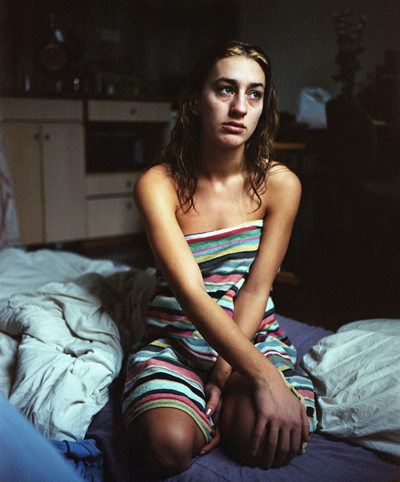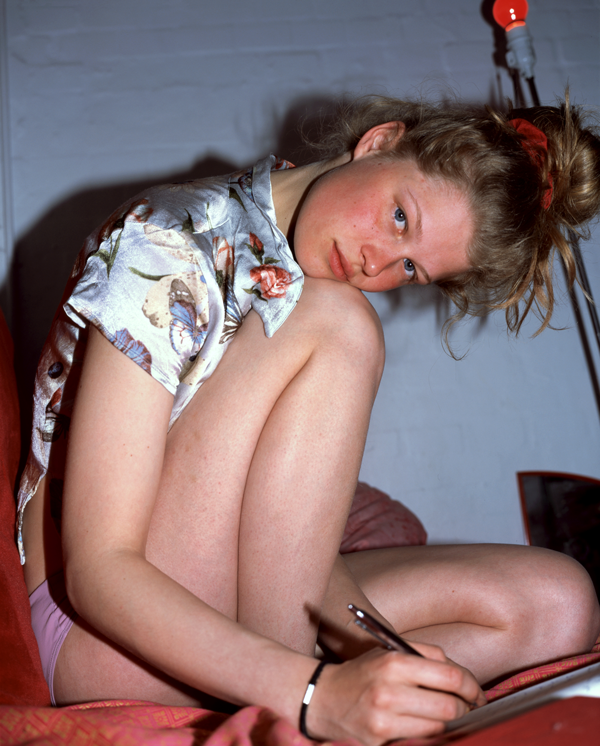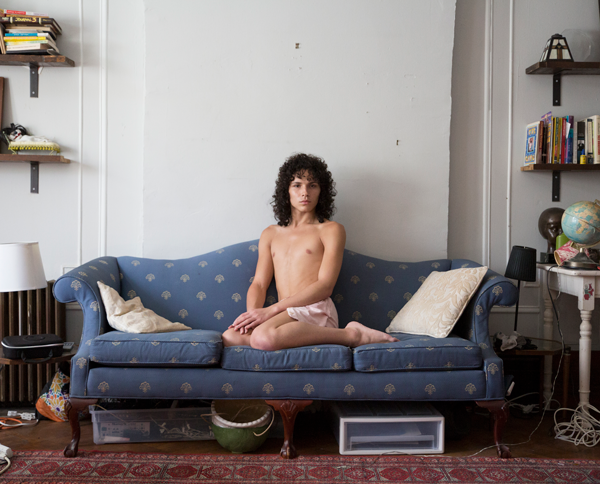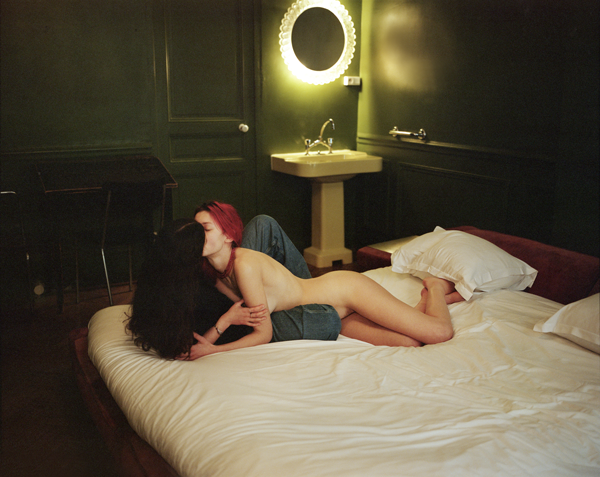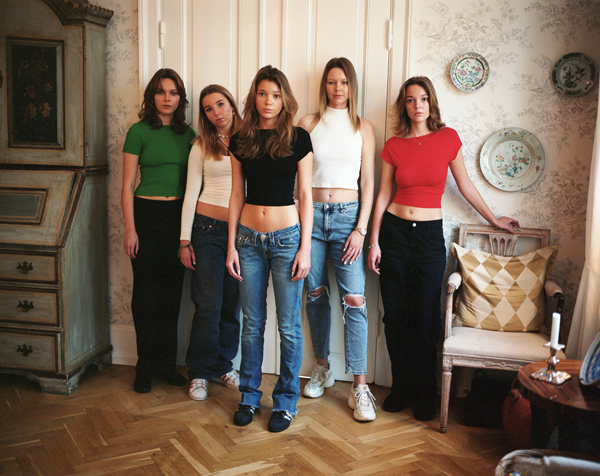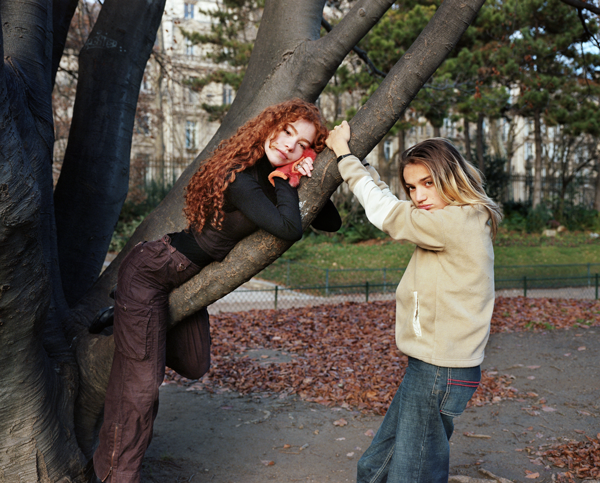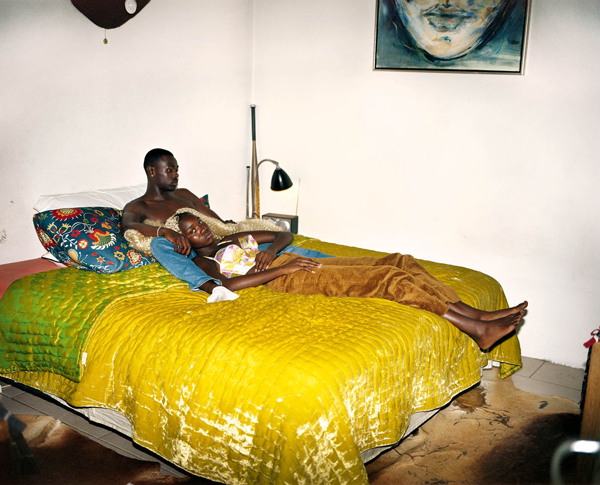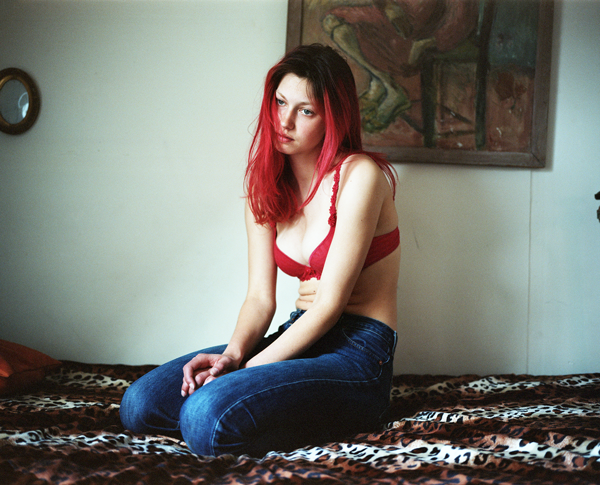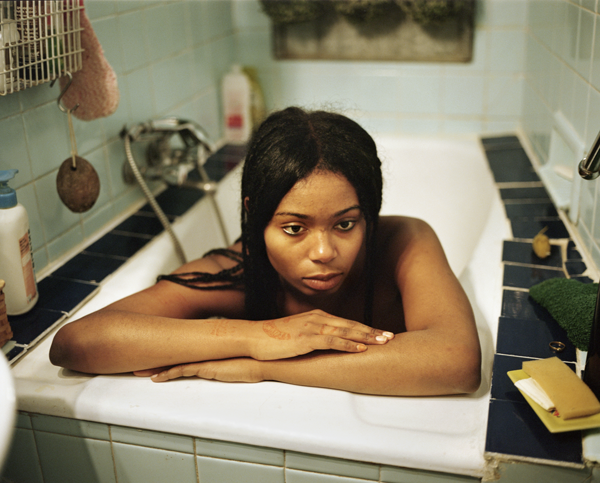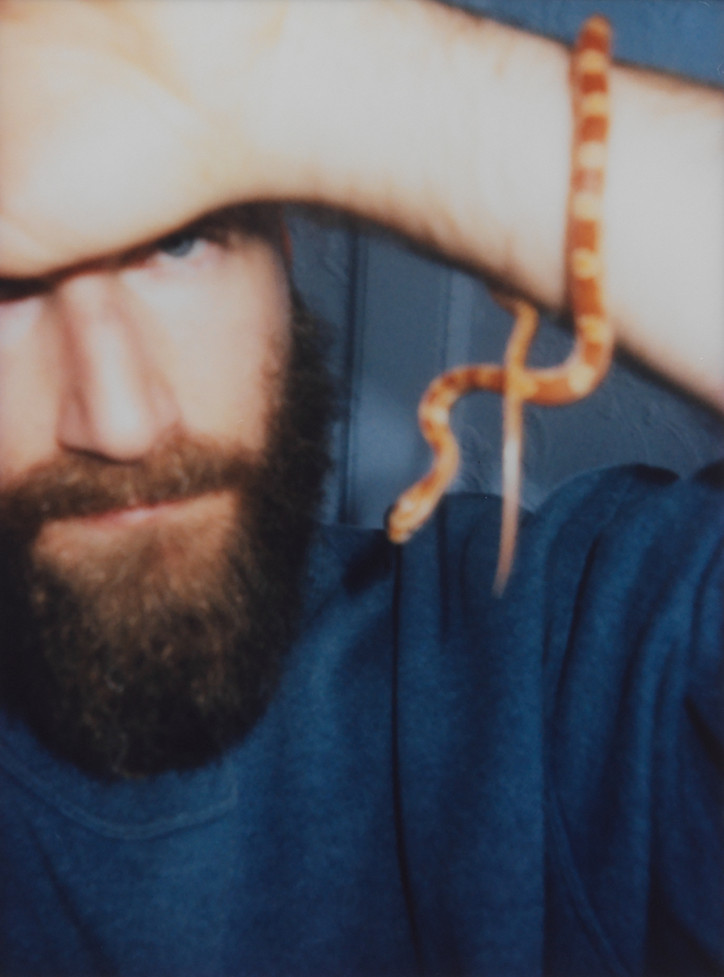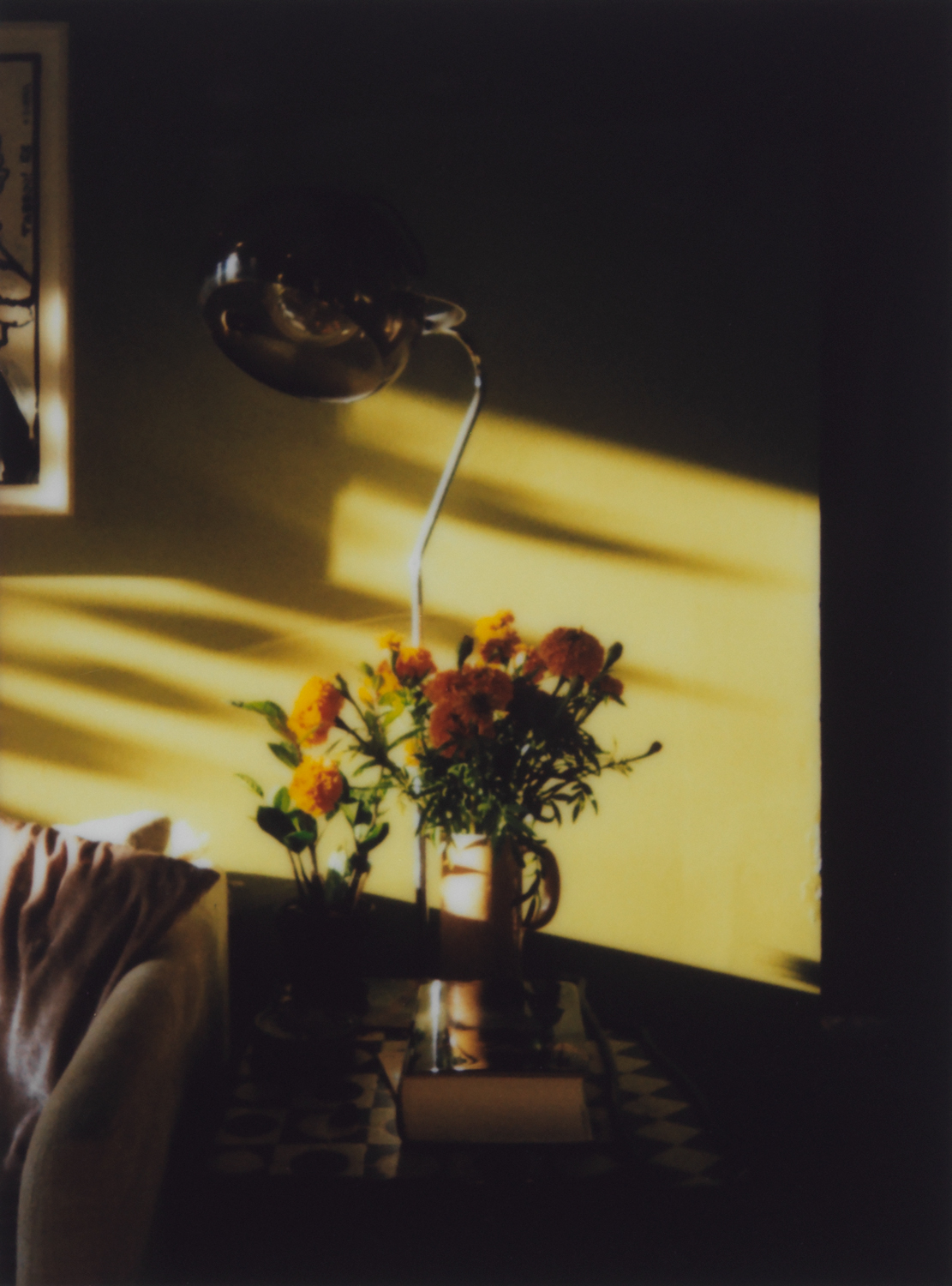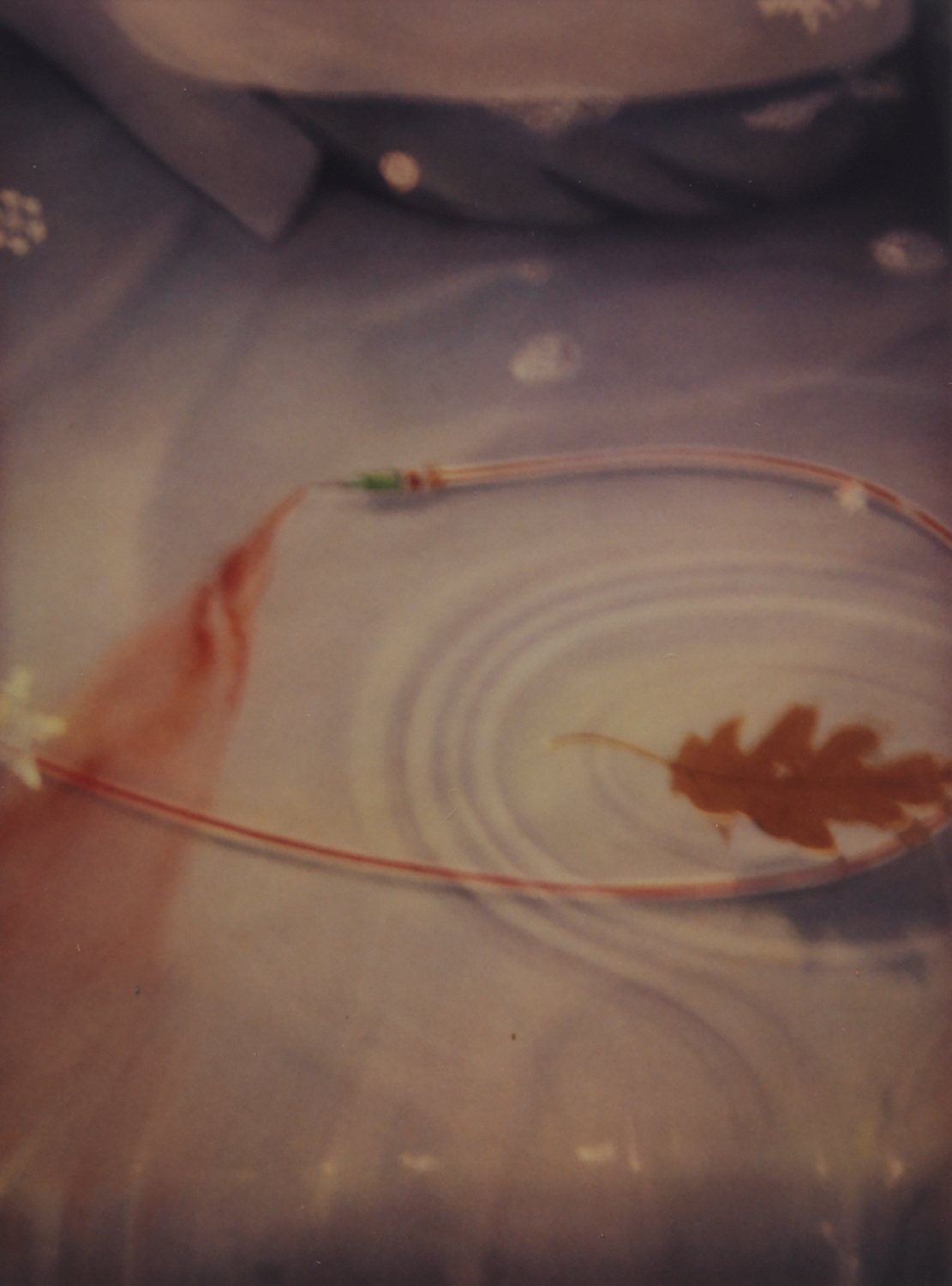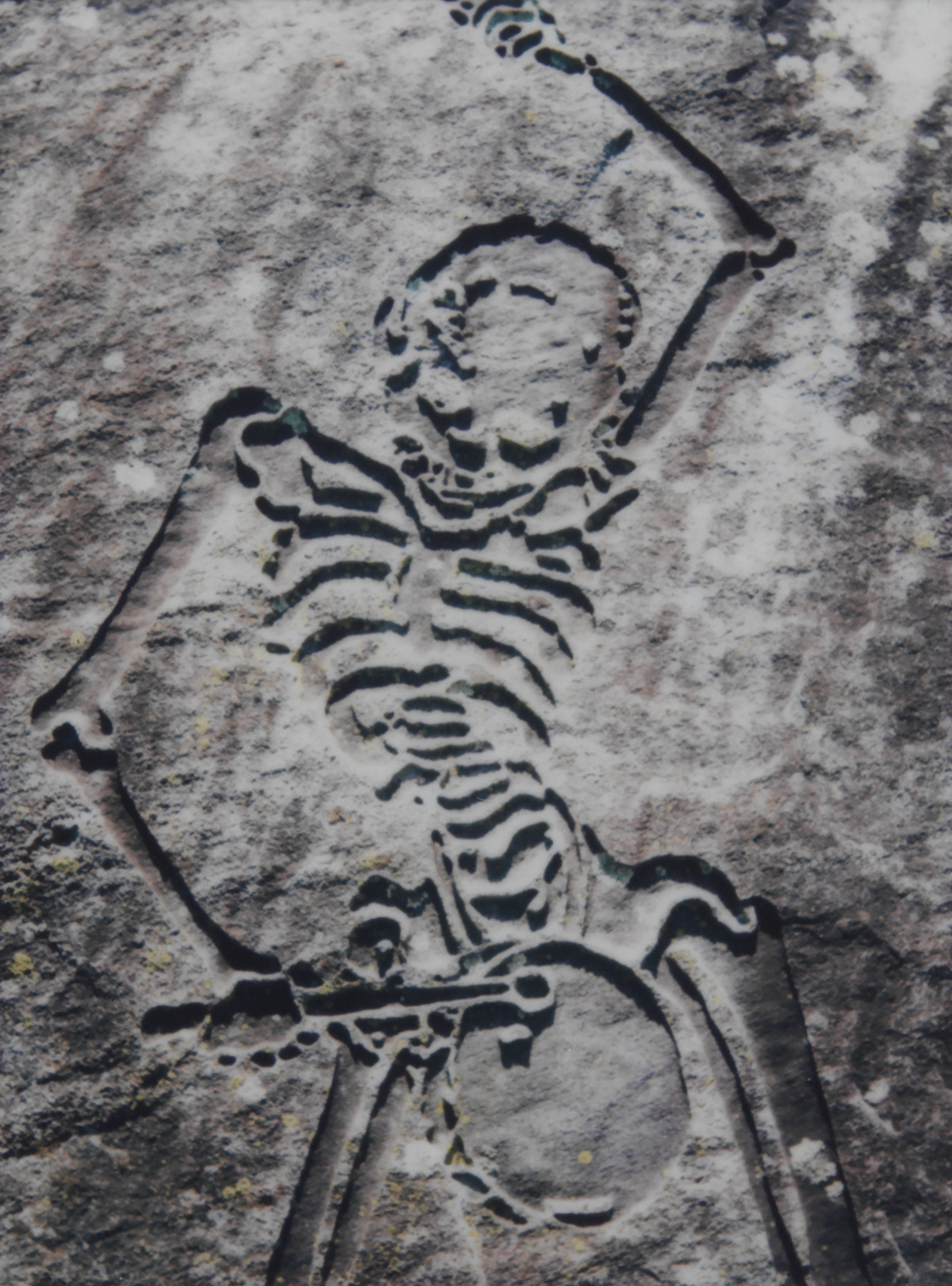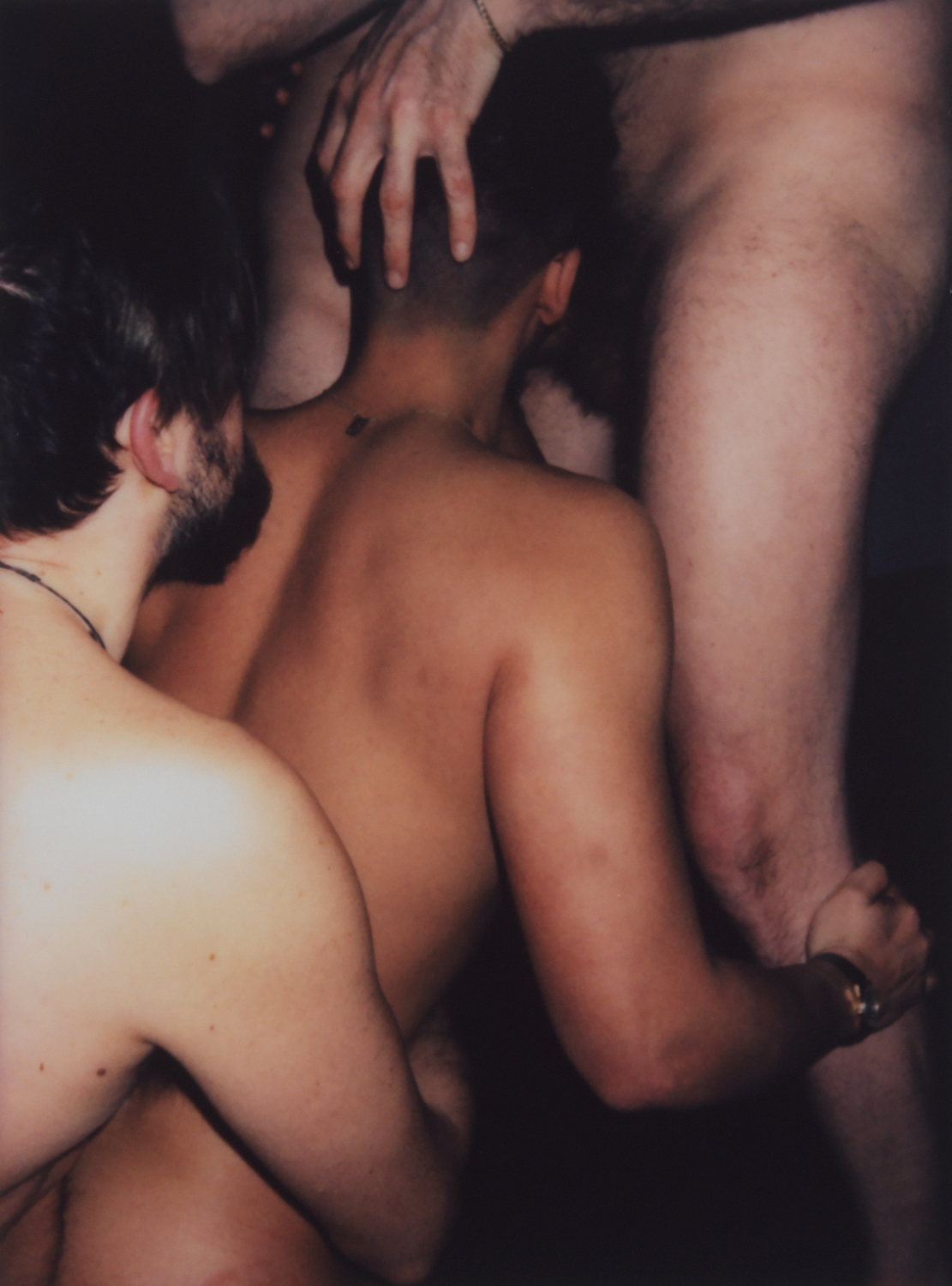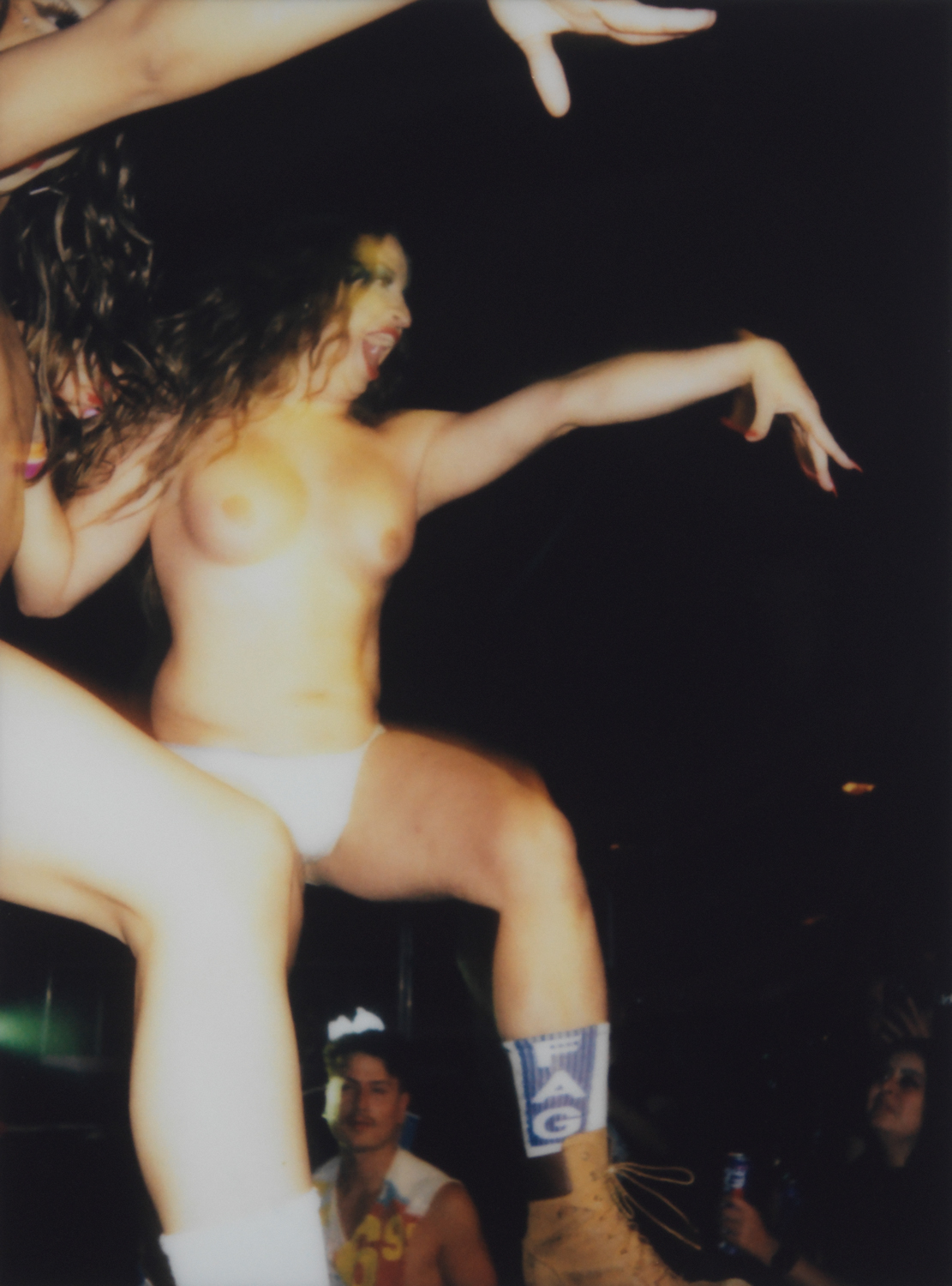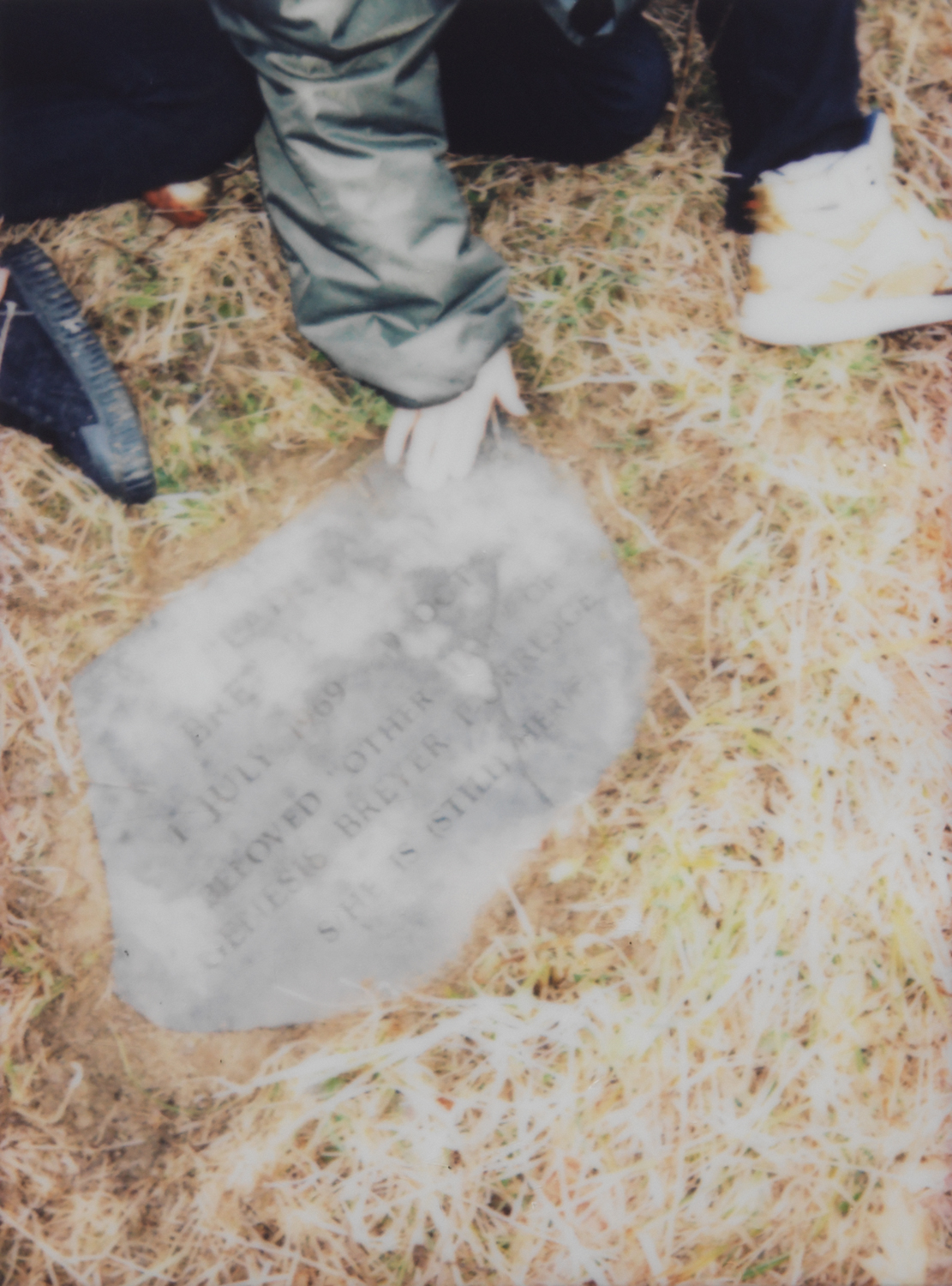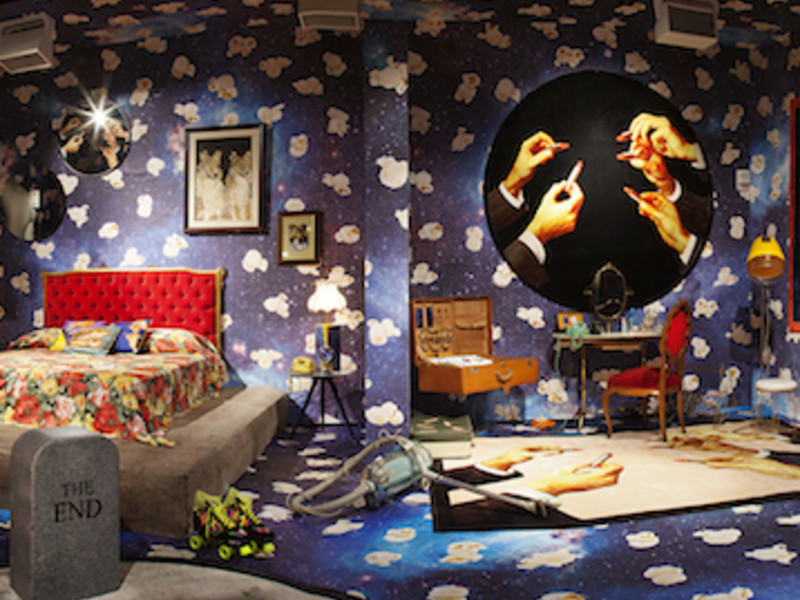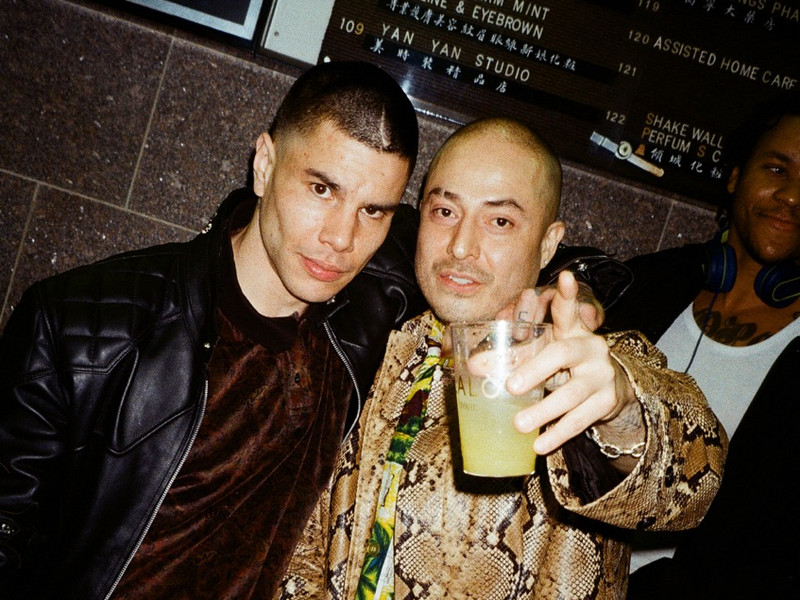“There are all these vocal nuances that happen in between a phrase – the notes, the runs, the melisma that connects the emotion from one word to another,” LeRoy explains. “But that note is carrying so much information, like how we can hear Jazmine Sullivan riff without saying one word, but we know exactly what she means. What is inside of that?”
Thinking alongside renowned cultural theorist, poet, and scholar Fred Moten, LeRoy was struck by the concept of the “wordless moan.” In his essay “Black Mo’nin,” Moten references The Gospel Sound, a text by gospel producer and writer Anthony Heilbut. “The essence of the gospel style is a wordless moan,” Heilbut writes. “Always these sounds render the indescribable, implying, ‘Words can’t begin to tell you, but maybe moaning will.” “Lay Me Down In Praise,” which was exhibited as part of a collaboration between the California African American Museum and Art + Practice, drew connections between gospel’s wordless moan and the “moans” emitted by the earth amidst anthropocentric climate abuse, from the sounds of the ocean to the rustling of the trees.
Building on the foundations of his first exhibition, X’ene’s Witness sought to “build a portal” for LeRoy's community to engage in conversations about climate change – conversations that Black communities are often excluded from, despite disproportionately bearing the brunt of damage from environmental forces like air and water pollution. “I live in South Central, and almost nobody here is thinking about climate change because they’re thinking about everyday survival, how to feed their kids and how to get to work,” he says. “I'm always thinking about their access to the message.” This resolve to foreground accessibility in his work is why it was so important for LeRoy to show “Lay Me Down In Praise” in Leimert Park, a predominantly Black neighborhood in Los Angeles.
